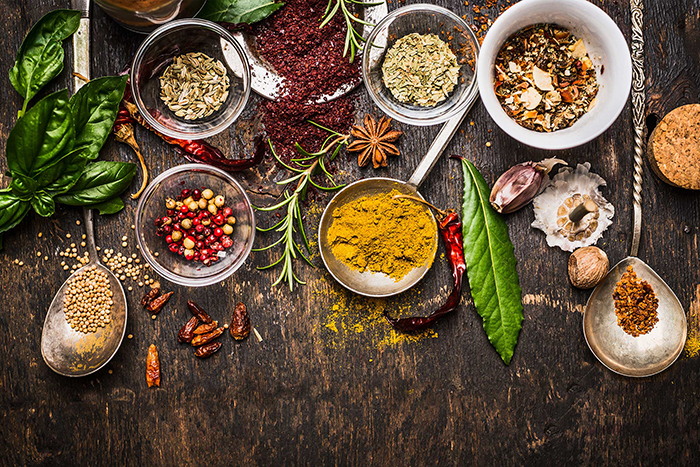
Spices – as old as the world
The story of the spices is colorful and full of very interesting facts revealing a specific and very important function of them – the social one. In ancient Egypt spices were used to mummify important personalities. The fragrant grasses were even “embedded” in the dead man’s grave to take them to their next life. In the Middle Ages, salt was served at the table of large blocks and was placed closest to the richest guest. In the same period spices became the subject of trade. Rich people paid a lot to acquire rare scents mainly from China. The ladies at that time were appreciated by how many kinds of spices they served at their evening parties. Studies have shown that food in the Middle Ages is highly seasoned with pepper, cloves, ginger, nutmeg and crushed corn.
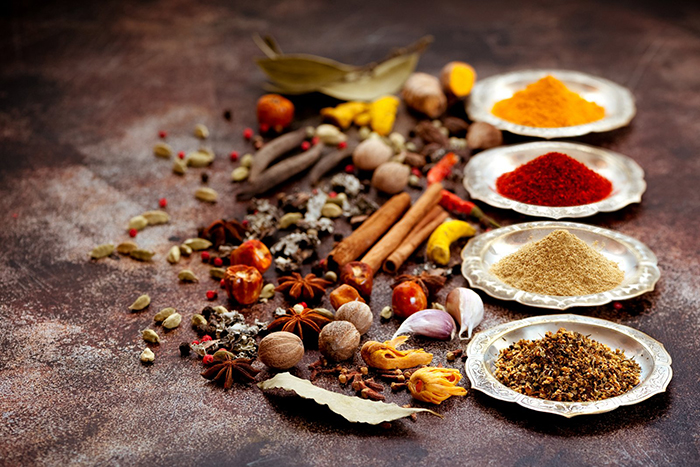
For a long time spices have played an important role in psychology as well. Fragrances such as lavender, saffron, chamomile, sage have been used to stimulate mood and memory.
The life of spices is accompanied by many legends about their curative and magical power. At that time there was the belief that fragrant grasses and roots grew in the Garden of Eden. Many explorers and travelers have spent years searching for the divine place. An interesting example of this is the carnation, which has gradually become a very valuable spice. Its discovery was part of the famous expedition of Christopher Columbus to the New World.

French specialists have compiled a list of the ten most useful spices most homeowners use.
Cinnamon

Cinnamon is rich in antioxidants that protect us from oxidative stress and prevent the formation of free radicals in our body. It is not only a good prophylactic against cancer, but also with Alzheimer’s disease, Parkinson’s disease and diabetes.
Sage
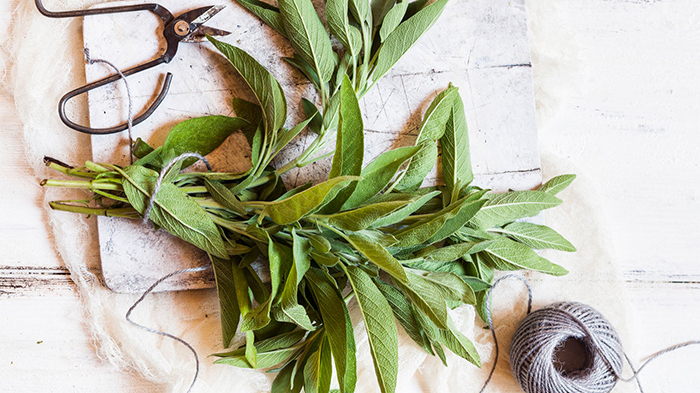
The indispensable tool for the nervous system. Helps to preserve good mood for a long time, to be more relaxed and balanced. It also improves the memory and cognitive functions of the cerebrum. Sage tea also improves digestion.
Curcuma
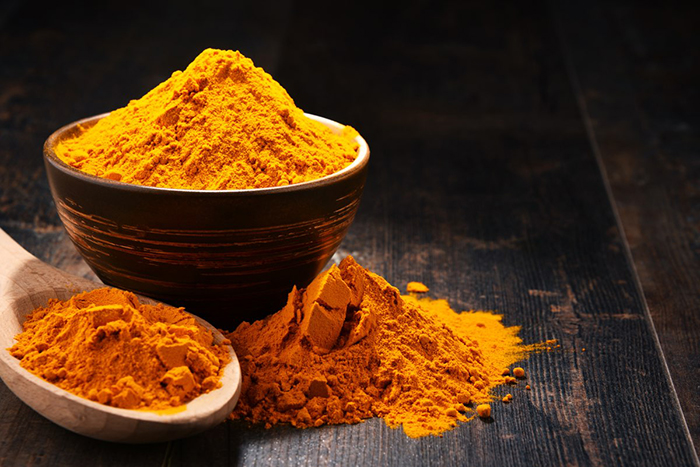
Some Ayurvedic medicine has become popular in the Western world. Recently, a number of studies have demonstrated the tremendous benefit of turmeric for cardiovascular health and cholesterol plaque prevention. According to some researchers, turmeric may stop the spread of cancer cells.
Thyme

Powerful antimicrobial agent. Thyme is a good tool for the prevention of many infectious diseases and strengthens immunity. It also helps digestion.
Ginger
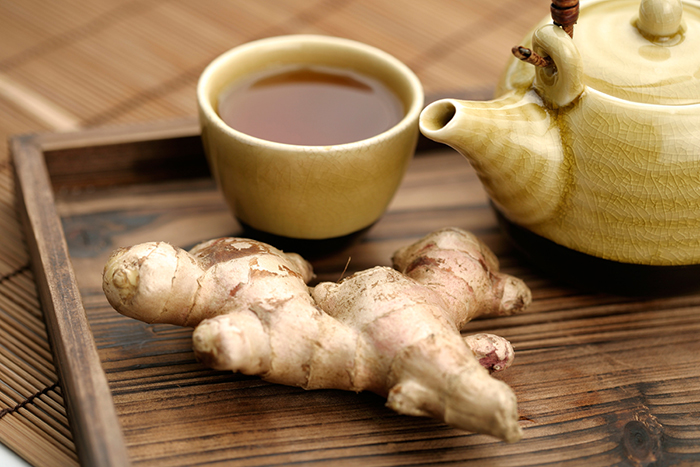
Many spices are useful for digestion, but they can not be compared with ginger. It helps against lifting, increases the speed of food processing several times, prevents ulcers, etc.
Rosemary
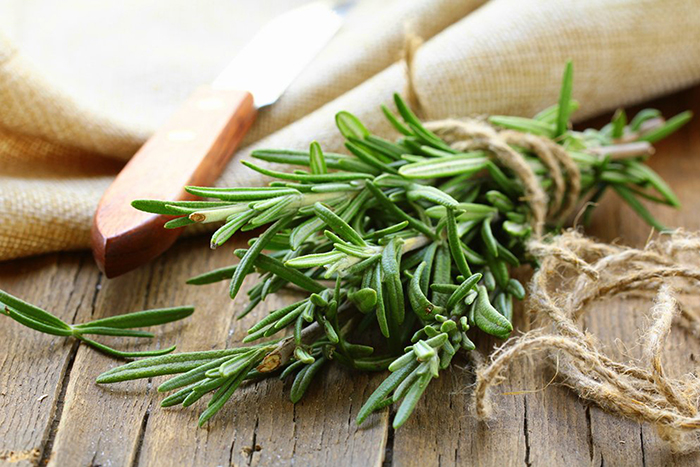
With this spice we need to be careful because overuse of it can cause convulsions and prevent the absorption of iron from the body. It also has powerful antioxidant action.
Saffron
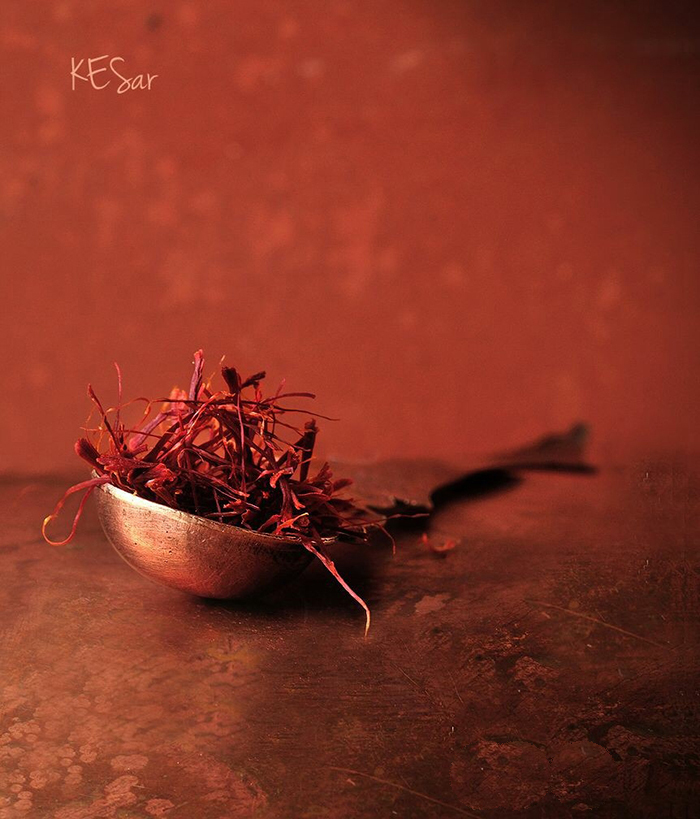
This is not only the most expensive spice but also a powerful antidepressant without analogy in nature. Many psychotropic substances to combat depression are produced on the basis of safflower, but its natural use is naturally preferable.
































